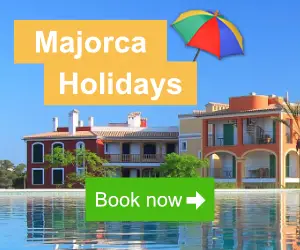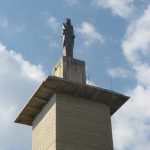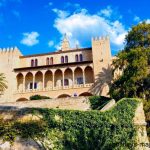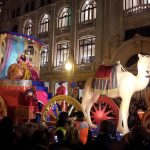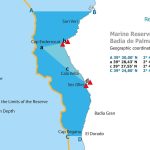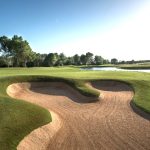Table of Contents
Palma, as the capital city of the Balearic island of Mallorca is affectionately known, is a historic seaside gem located on the sparkling shores of the Bay of Palma.
With its picturesque harborfront lined with swaying palms, the city’s inviting Mediterranean ambience acts as a siren call to sun-seekers and culture vultures alike.
Palma’s 406,492 local palmesanos are proud of their city’s eclectic architectural heritage, on display in the mighty medieval walls of the Almudaina Palace and the towering Gothic facade of the impressive Palma Cathedral.
After exploring the storybook lanes and quaint plazas of the old town, unwind at the revitalizing Arab Baths before marvelling at panoramic coastal vistas from atop Bellver Castle.
Beyond the city, Mallorca’s rugged coves and hilltop villages beckon.
But before escaping into Mallorca’s rugged interior, don’t miss Palma’s treasure trove of museums like the Museum of Mallorca, Es Baluard Museum and Diocesan Museum to dive deeper into the island’s fascinating history and culture.
Mallorca’s busiest airport sits just 5KM (3 miles) outside Palma.
Palma de Mallorca Airport provides easy access to the island, serving over 29 million passengers annually on their way to enjoy Palma and Mallorca’s abundant Mediterranean delights.
Residents of Palma de Mallorca are known as palmesans.
Discover all our Palma de Mallorca articles →
Palma History
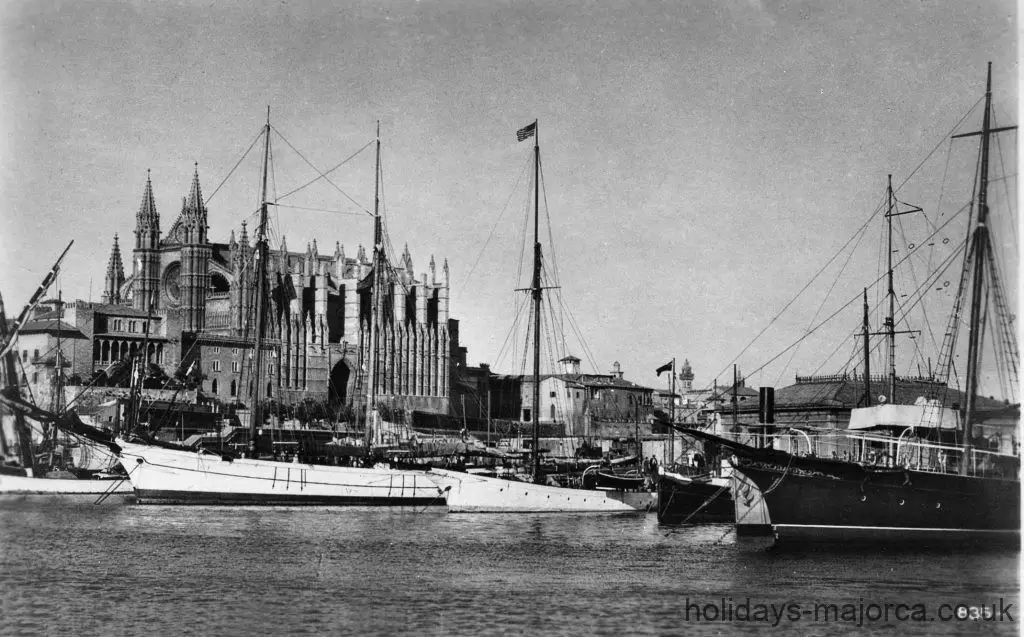
It is thought that the first settlers to the island of Majorca arrived from the area which is now the south of France between 6000 & 5001 BC.
The prehistoric ‘talayot‘ settlements which can still be found around the island date back to around 3000 BC.
Phoenicians established trading posts in Majorca in around 300 BC.
The entire island was conquered by the Romans in 123 BC & thus became a colony of Rome from this point.
The current city of Palma was named Palmeria in 122 BC by the Romans, after arriving there the previous year (123 BC), from which its current name is derived.
The city wall fortifications were initially laid down by the Romans during this period in order to protect the inhabitants of the city from attack.
Wine, textiles & oil were the main produce of the area at this time.
In the 5th century, the Vandals conquered the island and sacked Palma, destroying large sections of the Roman city.
The city was recaptured by the Byzantine Empire in 534.
In 902, the Moors conquered the island & initially brought much wealth, ingenuity & trade to the city of Palma, known then as Medina Mayurka and the island as a whole.
The walls of the city were modified to meet their needs & intricate water supply systems were devised to feed the city with this essential element.
Small aqueducts were constructed that carried water to the heart of Palma from the Emir’s Spring, some 8 KM (5 miles) away.
The city grew rapidly & as such expanded beyond the protective walls.
It was at about this time the Almundaina Palace was built in 1281.
Muslims, Jews & a small community of Christians lived peacefully on the island for some time & Majorca became an intellectual meeting place of the day.
However, the Moors later turned almost exclusively to piracy on the surrounding seas, eventually cutting off trade altogether through much of the Mediterranean sea & becoming a huge problem in the area.
The piracy & the desire to unite his kingdom once more, eventually led to James I of Aragon taking the Catalan Army, along with the Knights Templar & some French forces to the island in 1232 & reconquering it in his name, thus opening up trade across the area once more & bringing Palma once more under Christian rule.
Palma became the capital of the Kingdom of Majorca 44 years after the conquest, in 1276.
Unfortunately, driven by revenge, much of the Arab architectural influence was wiped from Palma during this period.
Either razed to the ground or converted into Christian buildings, such as Palma Cathedral, which now sits on the foundations of the Morrish mosque.
By the 15th century, Palma had become a major maritime hub and was a favoured residence of the Catalan-Aragonese royalty.
The whole of Majorca, including Palma de Mallorca, suffered heavily from Arab & Turkish pirate raids until the 17th century.
Palma’s Gran Hotel
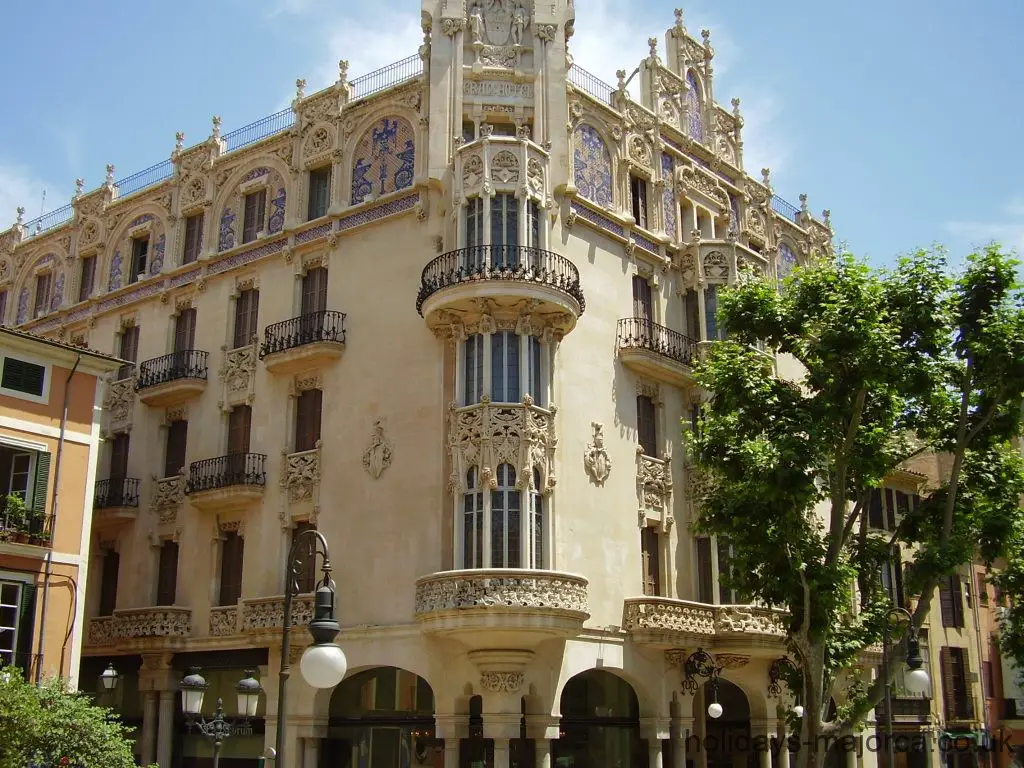
Up until the early 19th century, tourists to Majorca tended to be very wealthy landowners who held estates on the island.
However, this slowly changed over time & tourists without privately owned property holdings began to arrive in Palma.
This led to a need for first-class accommodation in the city & after much discussion, a contract was signed with architect Lluis Domenech i Muntaner to commission the Gran Hotel.
Domenech i Muntaner was a student of the famous Gaudi which is apparent in the flamboyant design of the hotel exterior.
In 1903 the Gran Hotel of Palma was opened to much pomp & ceremony with 250 illustrious guests invited to witness & give oratory to this historic event.
As speeches were offered by the guests, all spoke of the hotel in wonderment & adoration of its beauty.
The hotel was constructed on a 100 m2 site on what is now the corner of Plaza Weyler & Plaza del Mercat, offering 150 rooms.
All rooms were warmed by a self-contained, on-site steam heating system & had electrical lighting.
At the time, this was the height of technology & modern living.
The introduction of the Gran Hotel to Palma gave rise to what is thought to be Majorca’s first-ever tourist guide.
An 80-page booklet that the hotel commissioned detailing points of interest, excursions & city tours in the surrounding area was given to visitors on arrival.
Palma de Mallorca Weather
Palma de Mallorca weather is mild year round with an average temperature for the year of 18°C. The average daily temperatures in Summer range from 24°C to 27°C and in the winter from 12°C to 13°C.
The wind blows predominantly from the South throughout the year with winter being the time of year seeing the highest wind speeds.
Palma de Mallorca has 10 hours of sunshine per day on average. The month with the most sun is July which also has the least rain.
Palmas Born & Ramblas Promenades
Both the Born & Ramblas are situated on what used to be the river Riera which ran through Palma until the early 1400s.
In 1403 the river became swollen to a raging torrent, fueled by heavy rain in the surrounding area.
The torrent washed away around 1,500 homes & killed about 5,000 people as it made its way down to the sea near the Almundaina Palace.
After this incident, the river Riera was moved to the west of the city, until eventually it was diverted for the final time in 1620 to follow its current course.
After the diversion of the river, city planners transformed the former riverbed into what is now the Born & Ramblas boulevards.
Passeig del Born
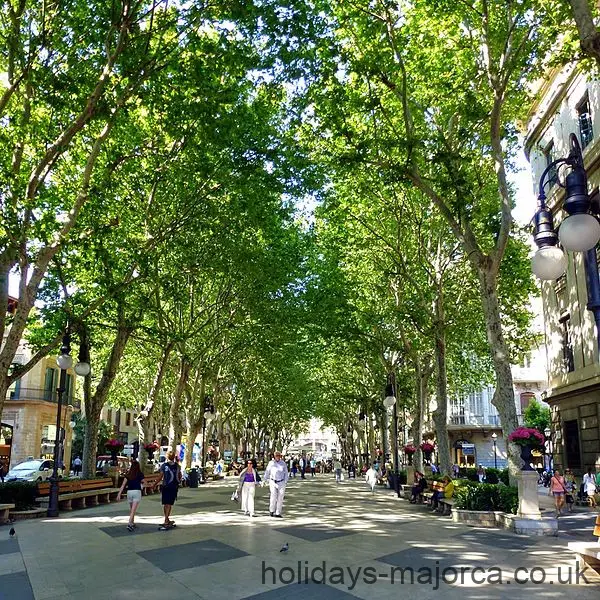
The Born, which is now an avenue that starts at the Placa del Rei Joan Carles I, originally began life as a square with a fountain honouring Queen Isabella II.
The fountain was destroyed in the September revolution of 1868 & in its place now stands an obelisk held up by 4 small turtles made of stone.
On the corner, you’ll find Bar Bosch which was often frequented by the likes of Robert Graves, the famous English author that made Majorca his home during the 1950s.
The Born leads gently down toward the sea & city walls, lined with restaurants, bars & chic shops.
Las Ramblas

Behind the Placa Major, you’ll find Las Ramblas, otherwise known as Via Roma.
Protected from the sun by a thick tree canopy, Las Ramblas is known for its flower stalls & makes for a pleasant walk at any time of year.
During the Christmas festivities, the entire area is lit with fairy lights winding their way up the tree trunks.
Due to the restricted nature of the roads here, the traffic is much less & Las Ramblas is notably more sedate than Passeig del Born.

Mark Kaye is a travel writer and content creator living in Majorca, Spain. Originally from the UK, Mark moved to the island and quickly fell in love with Majorcan culture, food, and scenic landscapes. When he’s not busy writing detailed guides about Majorca’s top tourist attractions and hidden local gems, you can find him out exploring coastal trails or wandering the streets of Palma’s Old Town in search of his next great restaurant discovery.



